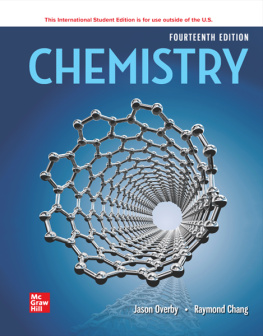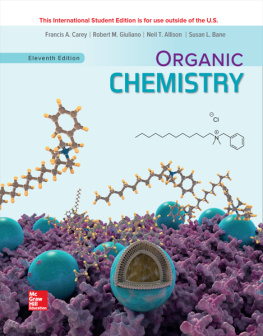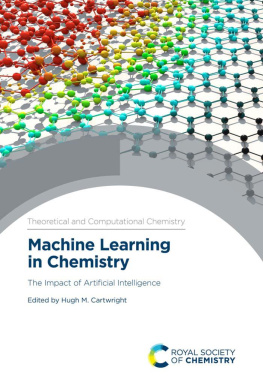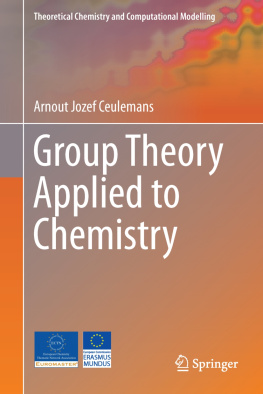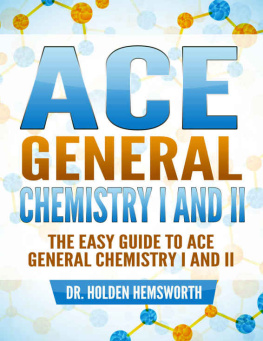O.V. Roussak and H. D. Gesser Applied Chemistry 2nd ed. 2013 A Textbook for Engineers and Technologists 10.1007/978-1-4614-4262-2_1 Springer Science+Business Media New York 2012
1. Energy: An Overview
Abstract
World energy pundits have long proclaimed that the fossil fuels in the Earths crust are limited and will be exhausted some day. This argument is similar to the accepted pronouncements of cosmologists that the entropy of the Universe is increasing towards a maximum or that the sun will one day burn itself out. The world energy crisis of 1973 was precipitated when OPEC curtailed oil production and fixed their own price for oil for the first time, and within a year, the price of oil went from $2/bbl in early 1973 to more than $11/bbl by the spring 1974. This was aggravated by the increase in oil imports to the USA, which ceased to be self-sufficient in oil in the late 1960s. By 1990, the USA imported 47% of its crude oil, compared to 73% in 1973. In 2008, the USA bought 65% of its crude oil abroad, and the cost of imported oil and refined oil products was the single largest contributor48%to the countrys more than $700 billion trade deficit. By 1998, the average price of crude oil had fallen to less than $12/bbl (a mere $16/bbl in 2008 dollars), and the oil industrys stocks were one of the worst performing investments of the 1990s. Not until the early years of the new millennium, when oil prices began to rise again, did attention return to energy supply. During the latter half of 2003, the price of crude oil reached $25/bbl$30/bbl, and during 2004, it came close to, and briefly even rose above, $40/bbl. The upward trend continued in 2005 and for the first 8 months of 2006, and the media came to comment routinely on record high prices. According to Dr. Vaclav Smils study of myths and realities of energy supply, no records were broken once two key price correctionsadjusting for the intervening inflation and taking into account lower oil intensity of Western economieswere made. Until the early summer 2008, these doubly adjusted oil prices remained well below the records set during the early 1980s.
1.1 Introduction
World energy pundits have long proclaimed that the fossil fuels in the Earths crust are limited and will be exhausted some day. This argument is similar to the accepted pronouncements of cosmologists that the entropy of the Universe is increasing towards a maximum or that the sun will one day burn itself out. The world energy crisis of 1973 was precipitated when OPEC curtailed oil production and fixed their own price for oil for the first time, and within a year, the price of oil went from $2/bbl in early 1973 to more than $11/bbl by the spring 1974. This was aggravated by the increase in oil imports to the USA, which ceased to be self-sufficient in oil in the late 1960s. By 1990, the USA imported 47% of its crude oil, compared to 73% in 1973. In 2008, the USA bought 65% of its crude oil abroad, and the cost of imported oil and refined oil products was the single largest contributor48%to the countrys more than $700 billion trade deficit. By 1998, the average price of crude oil had fallen to less than $12/bbl (a mere $16/bbl in 2008 dollars), and the oil industrys stocks were one of the worst performing investments of the 1990s. Not until the early years of the new millennium, when oil prices began to rise again, did attention return to energy supply. During the latter half of 2003, the price of crude oil reached $25/bbl$30/bbl, and during 2004, it came close to, and briefly even rose above, $40/bbl. The upward trend continued in 2005 and for the first 8 months of 2006, and the media came to comment routinely on record high prices. According to Dr. Vaclav Smils study of myths and realities of energy supply, no records were broken once two key price correctionsadjusting for the intervening inflation and taking into account lower oil intensity of Western economieswere made. Until the early summer 2008, these doubly adjusted oil prices remained well below the records set during the early 1980s.
In August 2006, the weighted mean price of all traded oil peaked at more than $71/bbl; it then fell by 15% within a month and closed the year at about $56/bbl. But during 2007, it again rose steadily. By November 2006, it reached almost $100/bbl in trading on the New York Mercantile Exchange (NYMEX; see http://www.oilnergy.com/1onymex.htm and http://www.eia.gov/emeu/international/oilprice.html ), and during the first half of 2008, that price rose by half, reaching a high of $147.27/bbl on July 11, 2008. As always, prices for the basket of OPEC oils, including mostly heavier and more sulfurous crudes, remained lower (see www.opec.org and http://en.wikipedia.org/wiki/Brent_Crude ). But just after setting a record, oil prices fell by more than 20%, to about $115/bbl. By November 12, 2008, the price had fallen below $50/bbl, and a year later, it was around $75/bbl, a rise largely caused by the falling value of the US dollar.
The present world price for oil is about $100110/bbl in 2011 and it is expected to eventually increase again. In the long term, world liquids consumption increases after 2014 and rise to more than $130 per barrel by 2035 (IEA Outlook 2010, p. 23).
The global economic recession that began in 2008 and continued into 2009 had a profound impact on world income (as measured by gross domestic product GDP) and energy use. According to Table , world energy consumption increased by 49%, or 1.4% per year, from 495 quadrillion Btu in 2007 and is expected to need 739 quadrillion Btu in 2035 (IEA Outlook 2010, p. 9). The price of oil will depend on demand as well as the financial needs of the oil producers. The successful development of alternate energy sources, e.g., fusion, could bring the price down. Since energy is an integral part of every function and product from food (which requires fertilizer) to plastics which are petroleum based, to steel or other metals which require energy for extraction, beneficiation, reduction, and fabrication, worldwide inflation can be directly attributed to the rising price of oil.
Table 1.1
GDP (PPP) and GDP (MER) top in the world 2009
GDP (PPP) top in the world 2009 | GDP (MER) top in the world 2009 |
|---|
Country | PPP current US$ | World (%) | Country | GDP current US$ | World (%) |
|---|
USA | 14,256 | 20.42 | USA | 14.256 | 24.61 |
China | 8,765 | 12.56 | Japan | 5,068 | 8.75 |
Japan | 4,159 | 5.96 | China | 4,909 | 8.47 |
India | 3,526 | 5.05 | Germany | 3,353 | 5.79 |
Germany | 2,806 | 4.02 | France | 2,676 | 4.62 |
UK | 2,139 | 3.06 | UK | 2,184 | 3.77 |
Russia | 2,110 | 3.02 | Italy | 2,118 | 3.66 |
France | 2,108 | 3.02 |



